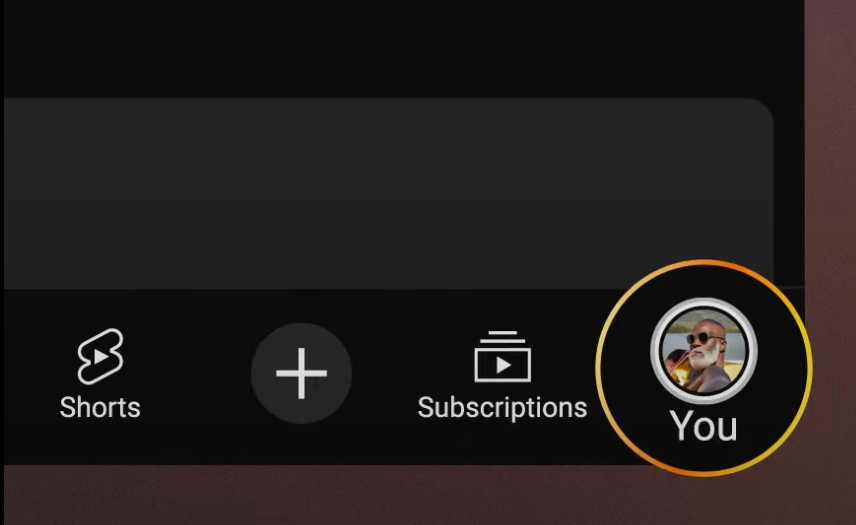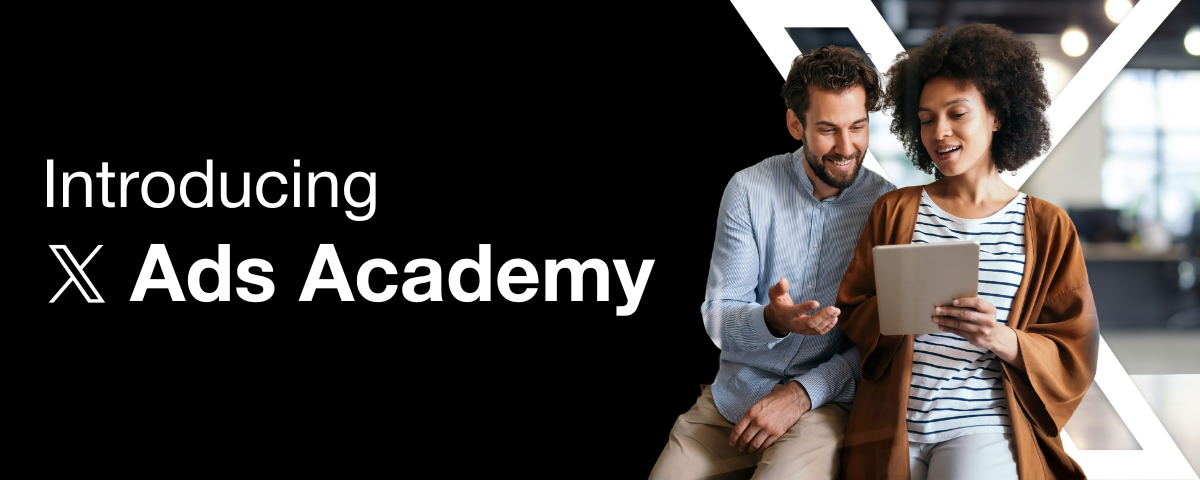Welcome to your summer edition of social media platform updates for 2024.
The past few months have seen updates across various platforms that could impact your strategy.
This week, we round up the most noteworthy social media changes that higher education digital marketers should know about.
Here's a roundup of the most noteworthy changes recently.
1. Instagram's dynamic Notes and expanded Reels
Instagram is ramping up its engagement tools and is now integrating ads into search results, providing a new opportunity for higher education marketers to reach potential students right when they may be searching for relevant university content.
This increased ad visibility can also help drive more traffic to your institution’s website or social media pages, especially for showcasing campus life, student testimonials, and virtual tours.
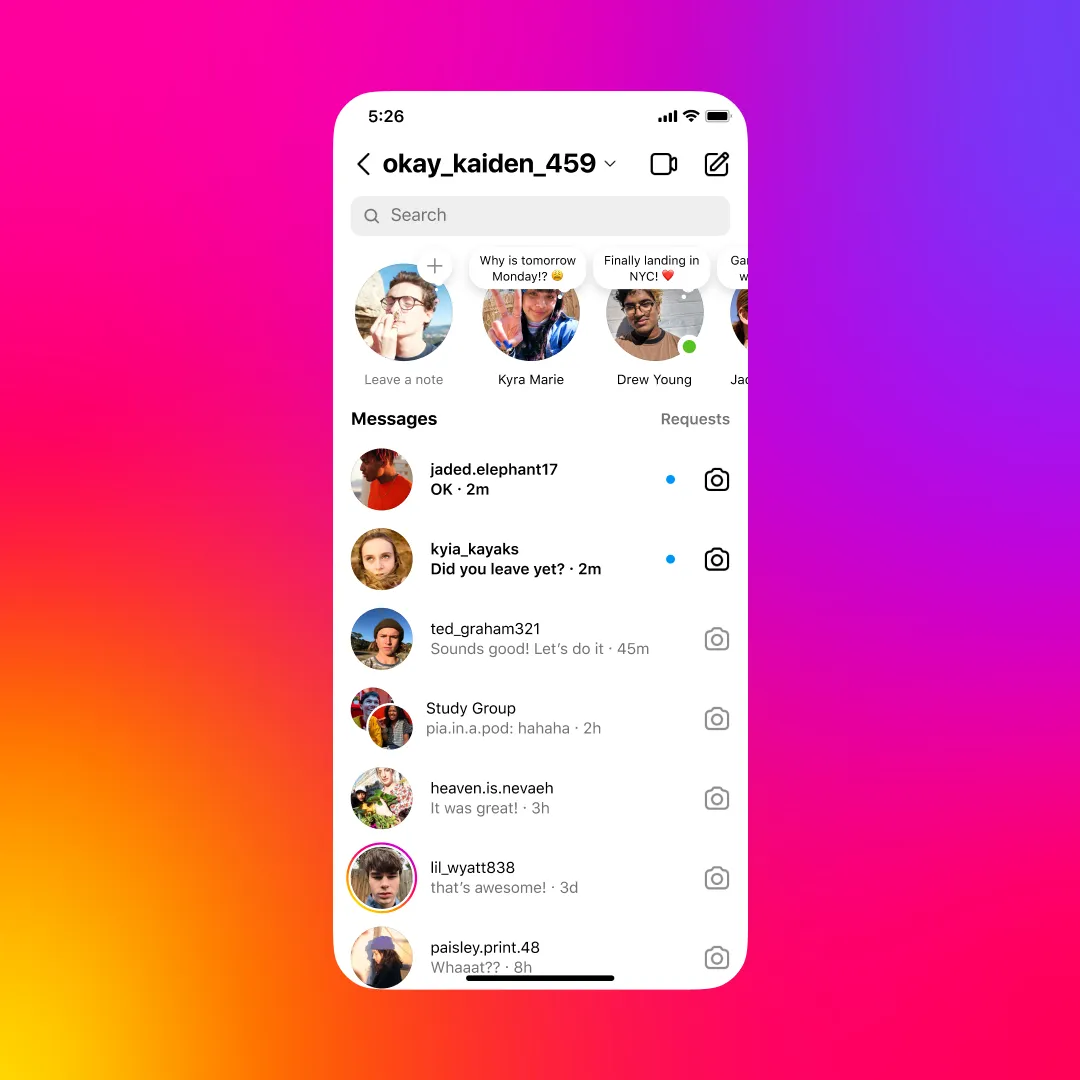
The app also now allows users to leave Notes directly on Reels and feed posts, which are visible for up to three days.
This update is part of Instagram’s broader effort to foster more interactive and spontaneous conversations on the platform.
In the future, Instagram may also be looking to expand its Reels feature with longer videos (but longer than 90 seconds may hurt your reach!) and potentially rolling out "Spins”—a prototype not released yet to the public— which would let users remix content with alternative audio.
2. YouTube's push for community engagement
One of the most notable YouTube updates recently is the introduction of the "You" tab, which consolidates user interactions by merging the Library and account pages.
“It’s all about you!” Screenshot from YouTube’s Explore the You tab video
This change will let you better understand viewer behavior and tailor content to meet the needs of prospective students.
Additionally, the new playback features, such as enhanced playback controls and stable volume adjustments, can improve the viewing experience for educational videos, making it easier for potential students to engage with content without distractions.
YouTube is also testing out new improvements to the “Inspiration Tab”, which introduces an AI-powered feature that provides creators with a feed of content ideas and outlines tailored to their audience.
This tool could be really helpful for higher ed content creation by streamlining the process; using Google's AI tool Gemini to brainstorm video ideas, titles, and thumbnails, marketers can speed up the content creation process considerably.
YouTube has also just started rolling out Dream Screen, an AI tool that will (in time) allow higher education marketers to create high-quality promotional videos with AI-generated backgrounds for Shorts with music tailored to the messaging by typing in what they want to see.
Keep an eye out for YouTube’s "Community Spaces," a feature as yet unreleased that will let creators and fans interact in dedicated areas through text posts
3. LinkedIn's AI-powered content tools
LinkedIn continues to improve its benefits for users and has just rolled out new premium offerings (Premium Company Pages) with better tools and analytics—as well as testimonials and AI tools.
With a Premium Company page, there’s more analytics and user experience customization, to better align with your university or college goals, whether it's for recruitment, brand building, or lead generation.
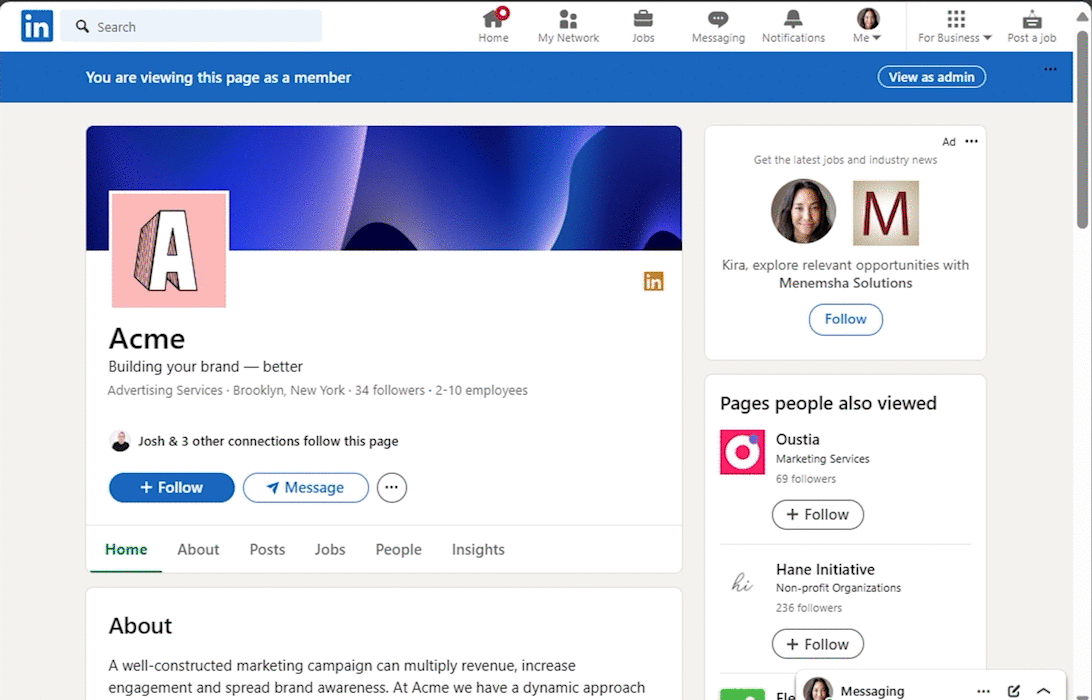
Example from LinkedIn post on how Premium Company Page allows subscribers to add a testimonial, Custom Button and credentials to Top Card
The platform is also offering an AI-powered writing assistant that can be used to write content and automate tasks, but can also provide personalized recommendations and predictive insights.
For example, the AI tool can help you optimize your content distribution by analyzing patterns and suggesting the best times to post or the types of content that might resonate most with specific audiences like parents, alumni, or faculty.
By leveraging these AI capabilities, you could try automation of certain aspects of your LinkedIn presence, such as content curation or lead generation, to drive more outreach.
(Organizations signing up to Premium pages also get $500 ad credits on LinkedIn and a few other perks).
4. Facebook Communities expansion
In the world of Facebook, Meta have updated their "Communities" feature on Messenger, which will now allow you to create a dedicated space for real-time conversations with prospective students or other groups without needing a linked Facebook Group.
Communities was first introduced on Facebook in 2022, and this new update includes the ability in Messenger to have a dedicated Home area for admins, with up to 5,000 members (who can join via invites).
Note that it’s not yet available everywhere or for companies.
This means marketers can use Communities to discuss, for example, the admissions process or other topics, without linking this specifically to a Facebook Group, as all members can view the information.
Unlike WhatsApp, there’s no need for members to share their phone numbers, and students can share the invite also with other friends interested in your school.
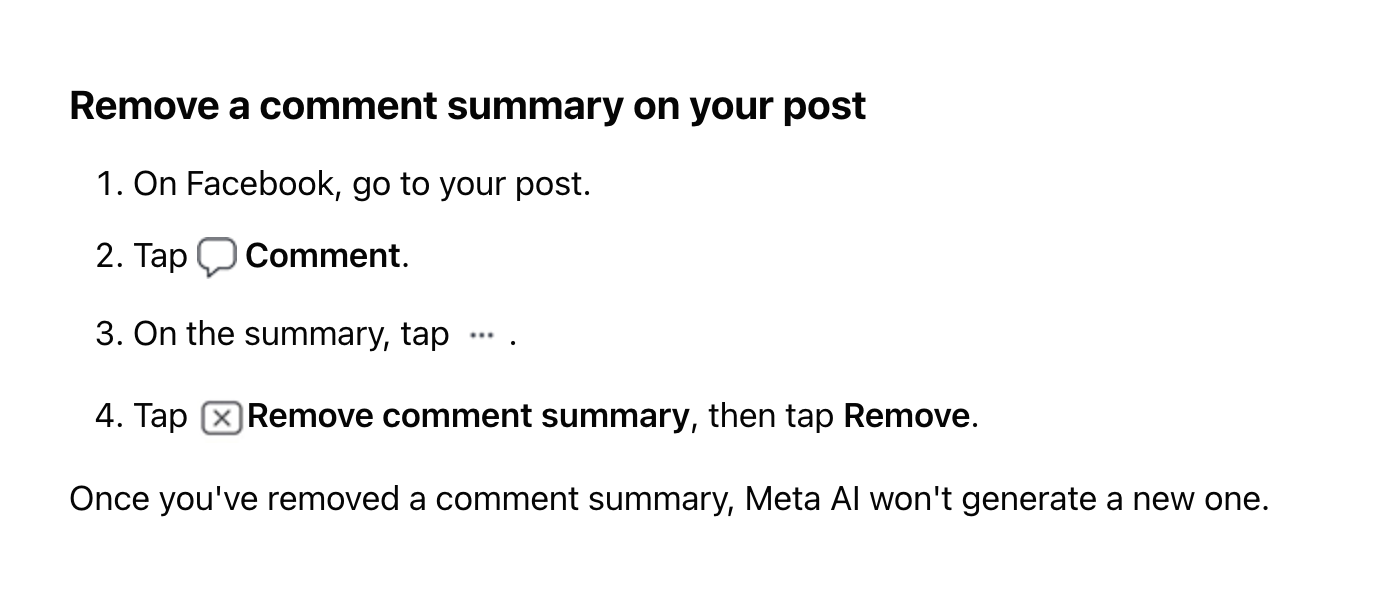
Additionally, Meta AI is now also able to create a summary of the comments on a public post or Pages posts with several comments, useful for both higher education marketers and prospective students who want to quickly catch up on a conversation.
This option can be turned off, and isn’t yet available for everyone.
5. X (formerly Twitter) introduces Ads Academy
X just launched Ads Academy, a new e-learning platform that’s aimed at helping marketers develop better advertising campaigns on its platform.
It offers 31 courses and 4 certifications, catering to both beginners and professional marketers, with a focus on optimizing campaigns and maximizing return on investment, with courses like Ads Manager Fundamentals, Conversion Tracking, and Mobile App Campaigns and Website Traffic & Sales Campaigns, for example.
There are step-by-step tutorials and real-time updates to keep users informed about the latest features and best practices in advertising.
X are officially anonymizing Likes from now on, which means that users can like a post without their identities being revealed.
Another interesting release is the option of creating newsletters from your profile if you’re a Premium subscriber. This can be a great tool for your active X staff, who could use this tool to more effectively engage with your prospective (and current) students.
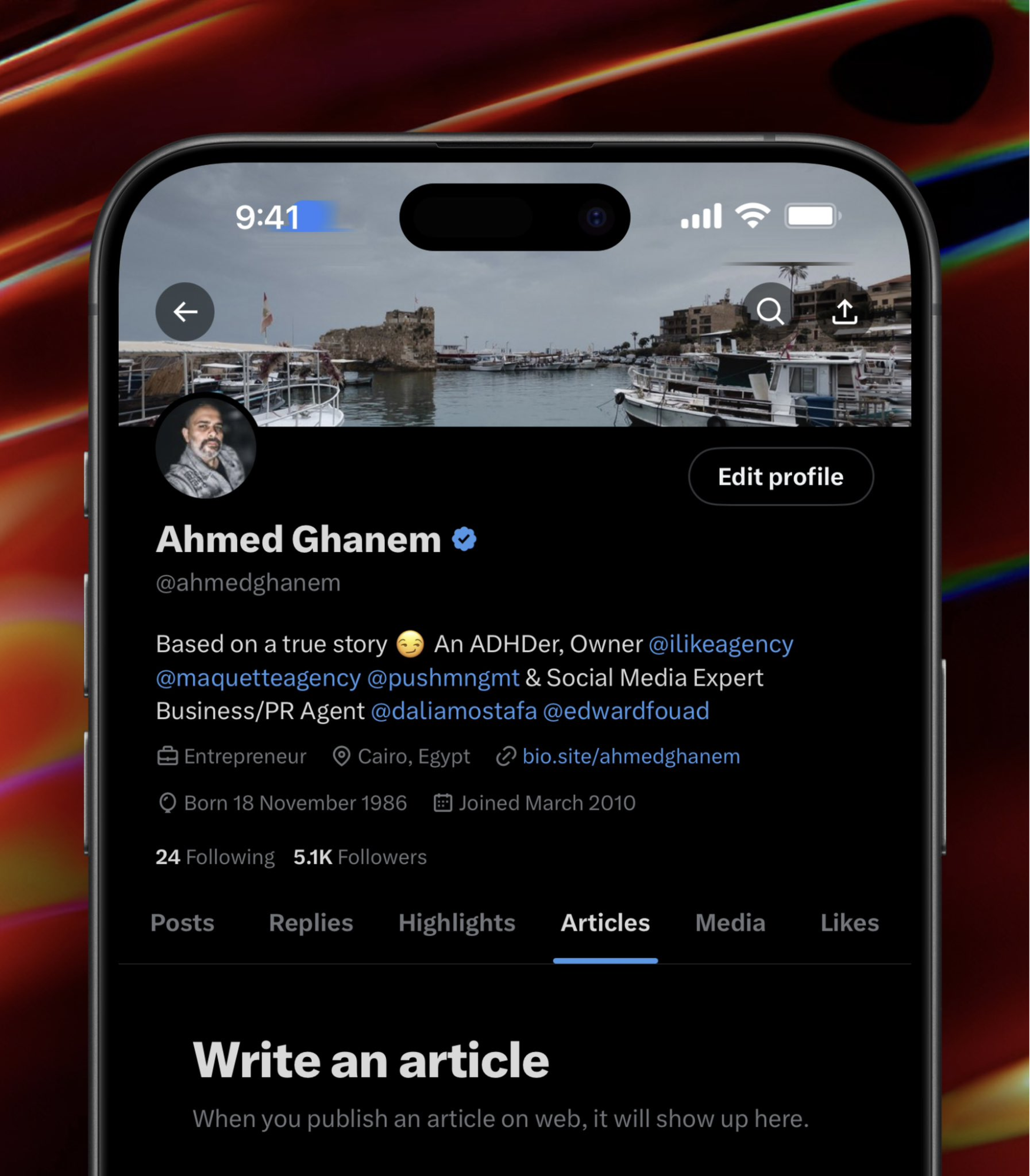
Screenshot of @ahmedghanem’s page with the Write an article option
They’re also increasing its group chat limit for private DM groups of up to 256 people.
Lastly, they’ve released Grok 2, their advanced AI assistant, built right into X but only available to Premium users.
6. TikTok's AI “Symphony”
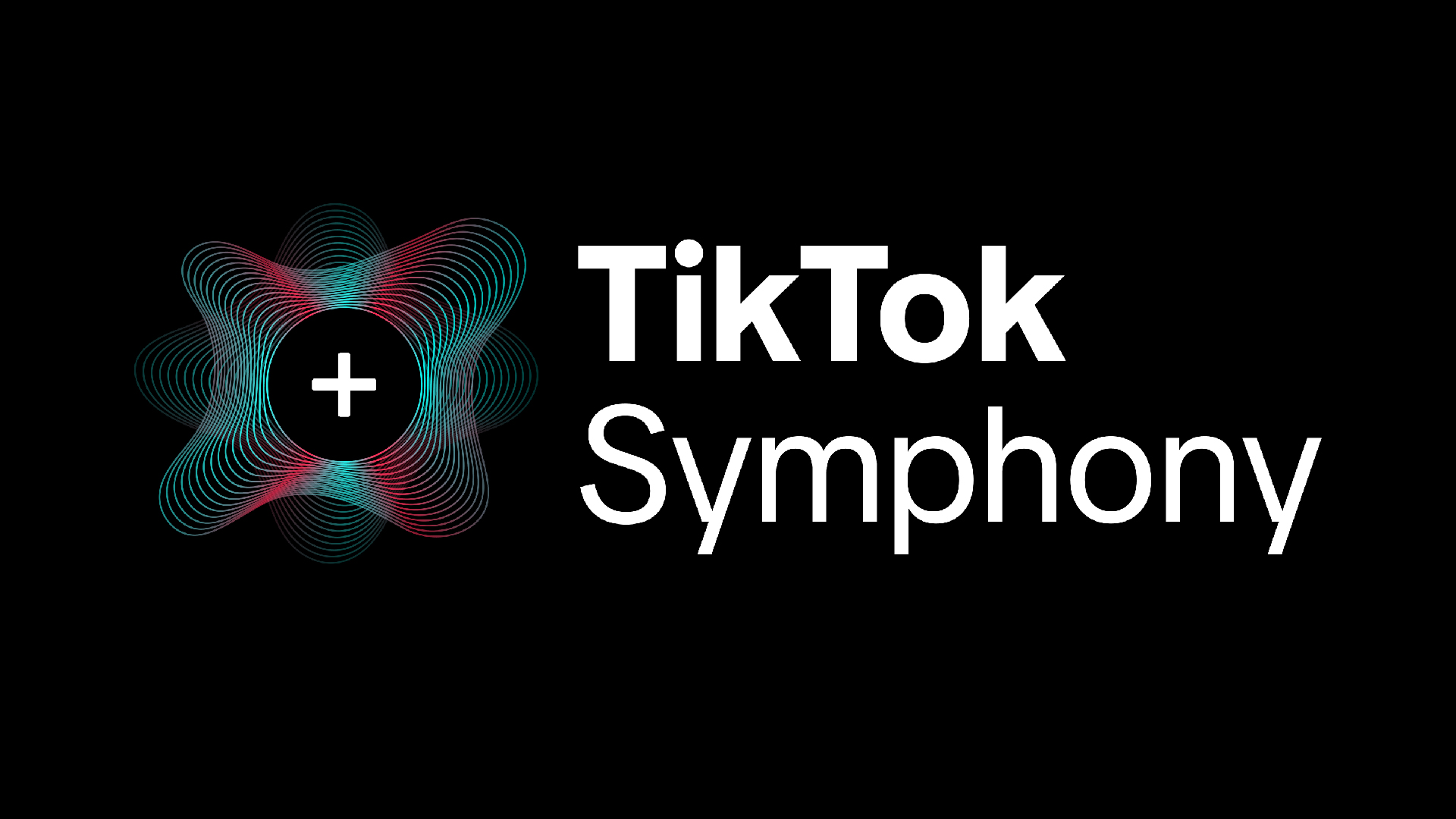
For those universities and colleges that are still using TikTok, the social media platform is introducing new AI features.
“Symphony," a new platform specifically designed for marketers to create and test content ideas, introduces Digital Avatars use generative AI to create lifelike avatars of real people, which allows marketers to scale their creative strategies on TikTok.
The avatars can be either pre-built (Stock Avatars) or customized to represent specific brands or creators (Custom Avatars).
The Symphony suite includes AI Dubbing, which can translate content into over ten languages, making it potentially useful to reach international students.
Has your institution been impacted by any of the developments outlined in our round-up? Share in the comments below or reach out to the team, we'd love to hear more.

:format()//media/Social-media-roundup-for-higher-ed-summer-2024-RQ.png)
